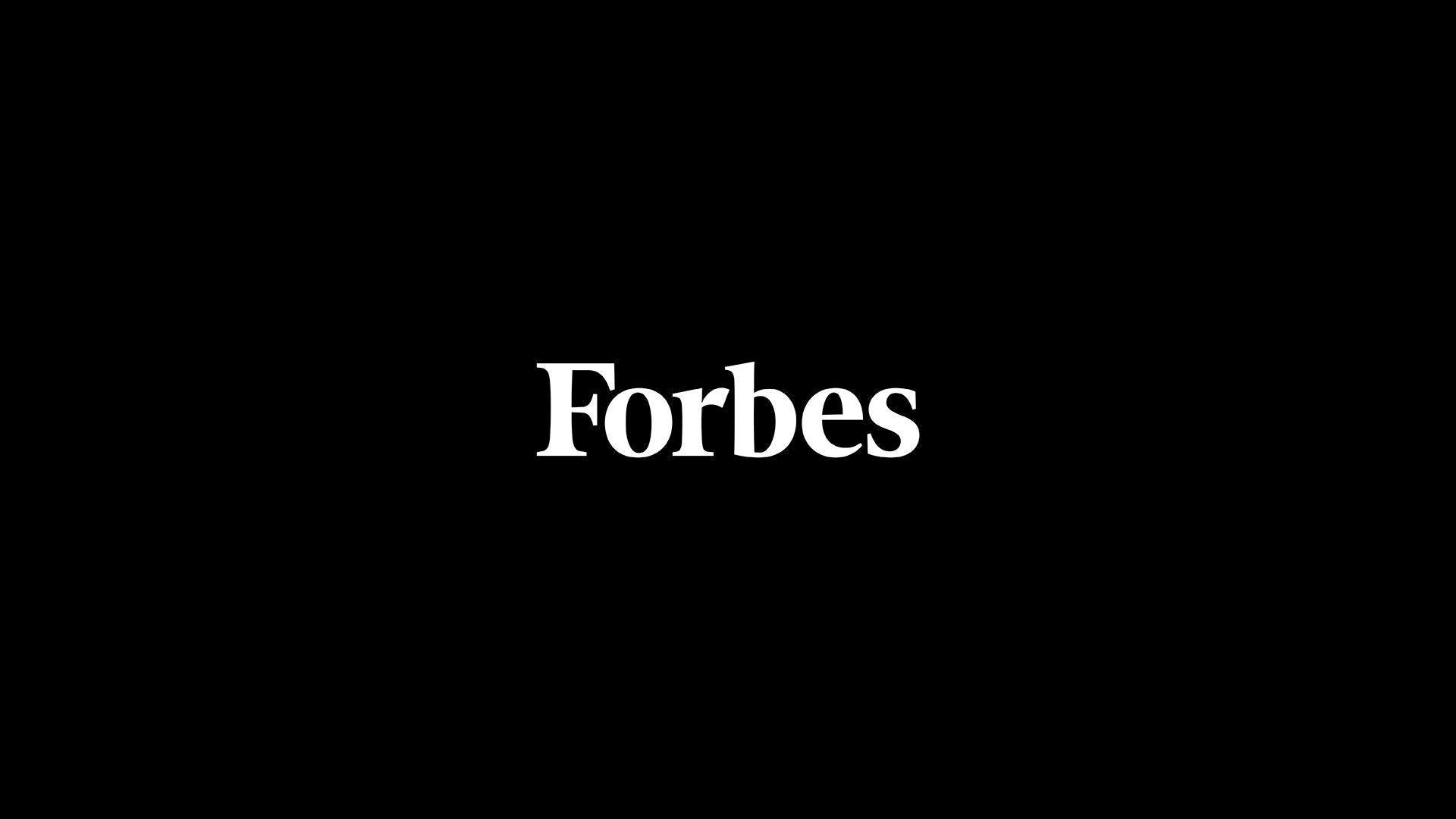Industry buzz around the metaverse reached a fever pitch in 2021 and early 2022 as technologists raced to build it, brands looked to promote themselves in it, and employers aimed to collaborate virtually inside it. But the conversation saturated itself in irrational exuberance. For starters, the metaverse doesn’t even exist yet. Less than half of today’s online consumers say they’re likely to ever become metaverse users. Metaverse proponent Meta has lost billions of dollars in each of the last several quarters in its Reality Labs division. And NFTs aren’t faring much better: NFT trading volume dropped 97% in nine months, and the value proposition driving the hype may never live up to NFT cheerleaders’ promises.
Does this mean all is lost? Not exactly. The metaverse will be the 3D experience layer of the internet, much as the World Wide Web is its 2D counterpart. But it will take a decade for that vision to be fully realized.
Where does this leave us in 2023? In the face of economic slowdown, Forrester predicts a winter season for the metaverse and NFTs that will chill the market. In the medium term, this won’t be a bad development: It will allow technology vendors and enterprises alike to do the hard work of building the infrastructure and use cases that move the market forward more gradually. But in 2023, you’ll need to wear a sweater and a coat until things eventually heat up. Specifically, we predict that:
Can check out the complimentary Predictions guide, which covers Forrester’s top predictions for the year.
This post was written by VP, Principal Analyst J.P. Gownder and it originally appeared here.

